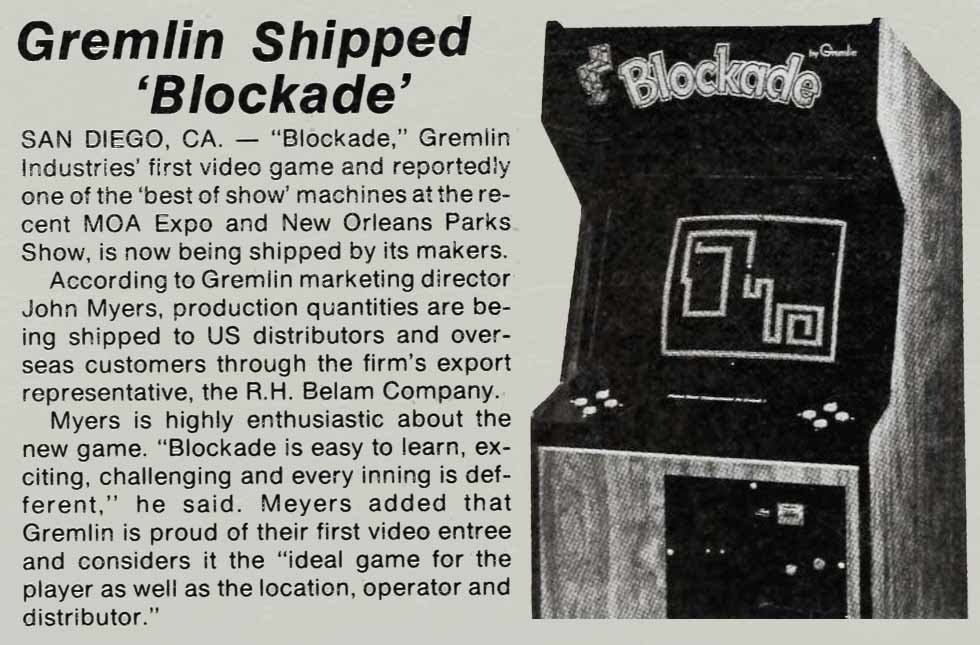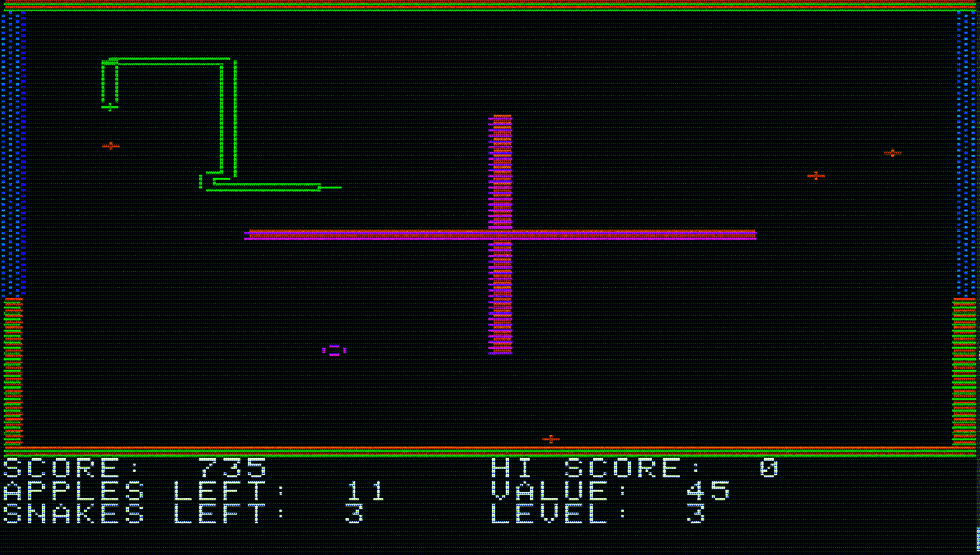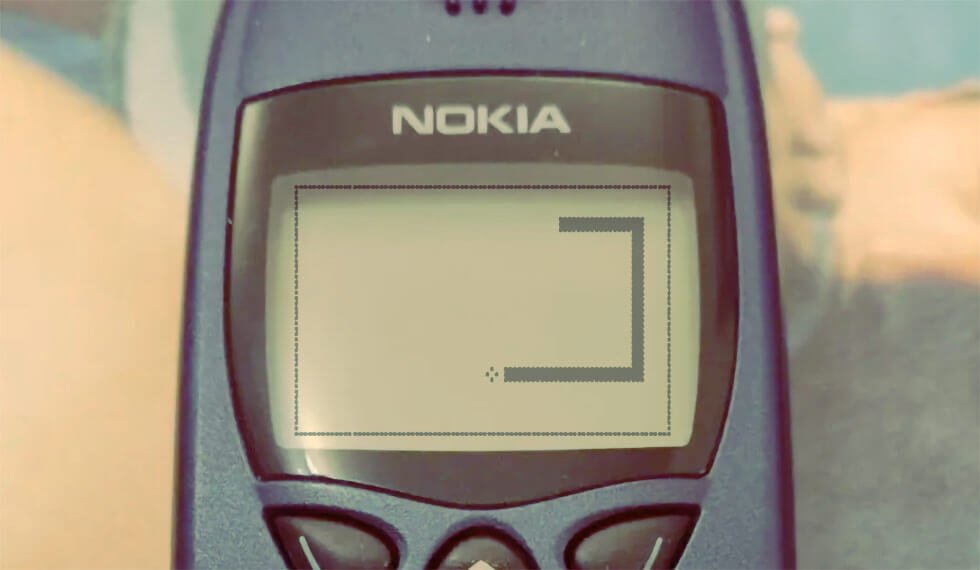All About the Snake Game: From Arcades to Mobiles and Beyond
Snake has fascinated players globally for decades. From its humble beginnings in arcades to its resurgence on mobile platforms like Google, Snake's journey reflects the broader evolution of gaming technology.
The Early Days: How It All Began

It all started in 1976 with Gremlin's Blockade. This game introduced a simple yet captivating concept: a line that grows longer as players avoid hitting walls or their tail. Blockade was groundbreaking despite its basic graphics, setting the stage for future Snake games.
Soon, games like Bigfoot Bonkers (1976) by Meadows Games and The Surround Video Game (1977) by Allan Miller followed, each adding unique spins. In these early versions, the tail's growth was automatic—no items needed.

A pivotal change came in 1982 with Sirius Software's Snake Byte. For the first time, players had to eat items (apples) to grow, adding a new layer of strategy and fun that paved the way for Snake's iconic status by the late 1990s.
The Nokia Revolution: Snake Takes Over Mobile Phones

In 1997, Taneli Armanto from Nokia created a Snake game for the Nokia 6110, marking a significant moment in mobile gaming. This simple, addictive game turned mobile phones into gaming devices. Snake II, released with the Nokia 3310 in 2000, became even more popular, solidifying Nokia's role in mobile gaming history.
Google's Snake: Bringing the Classic Back
Google reintroduced the game on September 27, 2017, as an Easter egg in Google Search for its 19th birthday. This modern version featured updated visuals and unique modes, quickly becoming a fan favorite. It brought the classic game to new audiences across various platforms, proving its lasting appeal.
Looking to the Future: Snake's Ongoing Evolution
Snake is not just a nostalgic relic; it continues to evolve with technologies like virtual reality and AI. This blend of old and new makes learning programming exciting for all ages. Creating a Snake game is relatively simple, making it an excellent starting point for young coders.
The game also evokes memories of early mobile gaming, reminding us that phones can offer more than just calls or texts—they can provide incredible adventures. As technology advances, Snake remains a beloved symbol of simpler times, demonstrating that even the simplest games can have a significant impact. It continues to bring people together, celebrating the enduring love for gaming.
Snake's journey from a simple arcade game to a mobile classic and a tool for learning coding is a story of growth, innovation, and nostalgia. It has adapted to the times while retaining its basic charm, and its story is far from over, set to continue inspiring and entertaining for years to come.
Fun Facts
Here are some interesting facts about the classic arcade game:
American Origins
The first Snake game originated in San Diego, California, at Gremlin Industries, active from 1971 to 1983 before being acquired by Sega.
Google Maps Version
Google Maps introduced a Snake-like game where players control a bus picking up passengers, offering a unique twist on the classic gameplay.
Two-Player Mode
Blockade, the original version of Snake, was designed for two players, allowing for a competitive experience.
PlayStation Version
The game is available on PlayStation as Snake Pass, featuring improved graphics and a character named Noodle, which was particularly popular with children.
Documentary on Nibbler

In 1984, Tim McVey scored over one billion points on Nibbler, an arcade game blending Pac-Man and Snake. His journey is chronicled in the documentary "Man vs Snake: The Long and Twisted Tale of Nibbler," highlighting the enduring appeal of arcade gaming.
Public Domain Status
No single individual or company owns the Snake game, making it easy for anyone to create their own versions, contributing to its diverse and interesting iterations.
Snake's journey from a simple arcade game to a mobile classic and a tool for learning coding is a story of growth, innovation, and nostalgia. It has adapted to the times while retaining its basic charm, and its story is far from over, set to continue inspiring and entertaining for years to come.